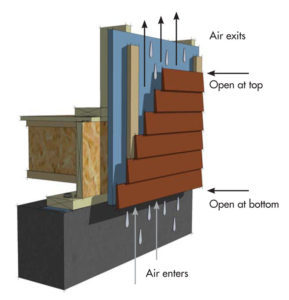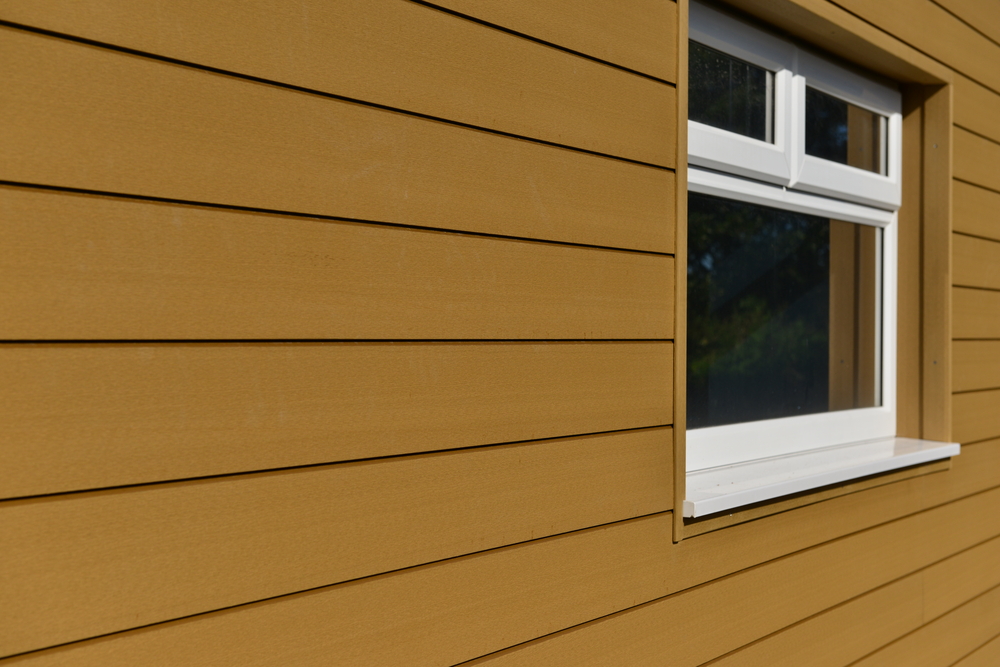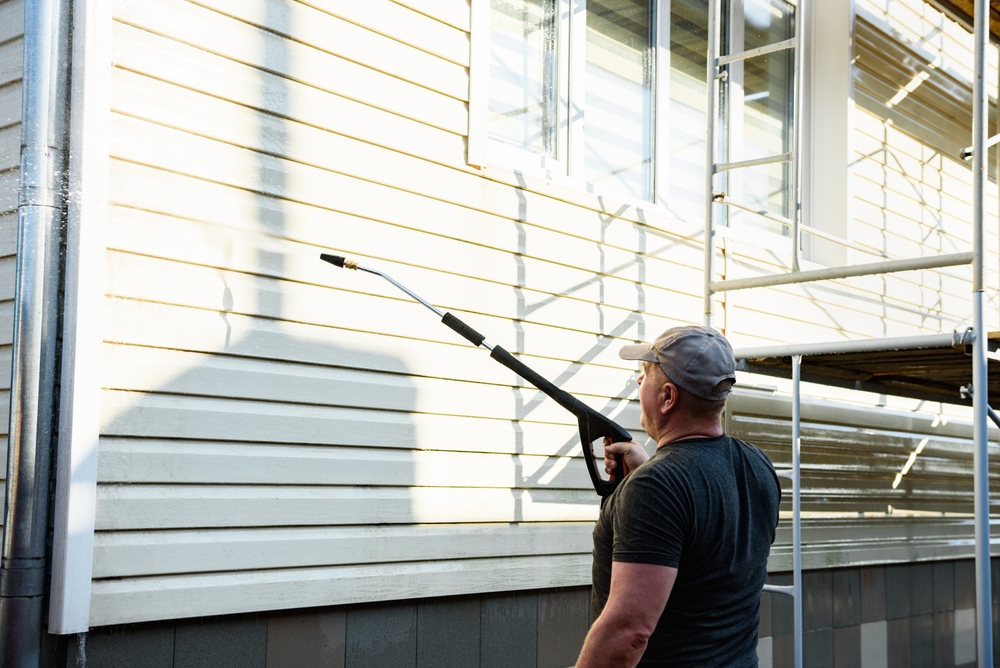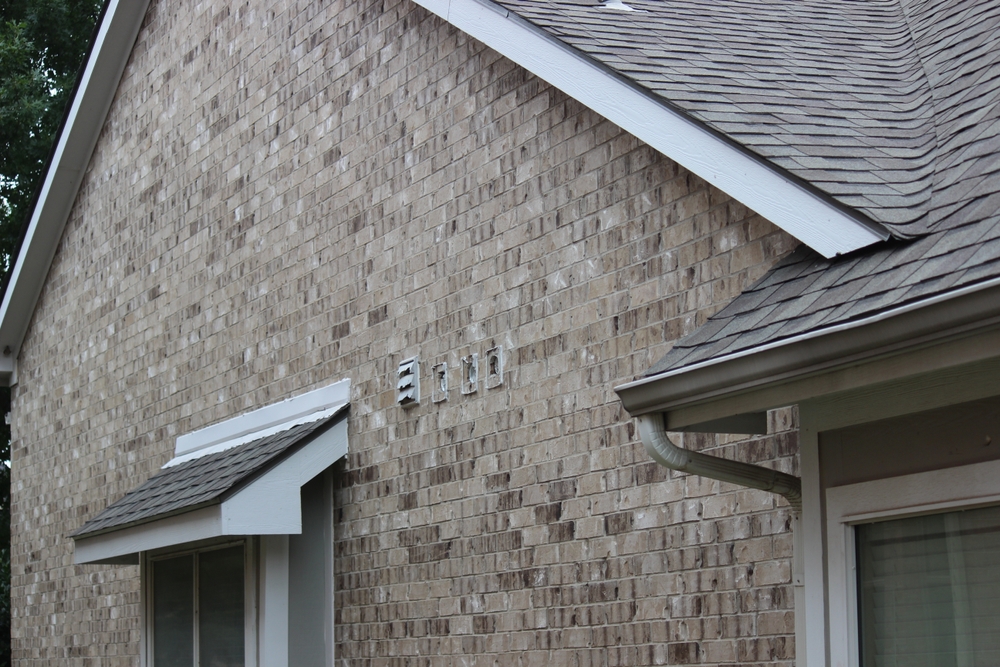Rainscreen cladding systems have gained significant popularity in the construction industry in recent years. This innovative approach to building facades offers numerous advantages in terms of aesthetics, energy efficiency, and protection against moisture. In this article, we will explore what a rainscreen cladding system is and delve into its various benefits.
1. Introduction
The exterior envelope of a building plays a crucial role in its overall performance and appearance. Traditional cladding systems often struggle to effectively manage moisture and prevent thermal bridging. This is where rainscreen cladding systems come into play. By creating a protective barrier against the elements, these systems offer a range of advantages that significantly contribute to the sustainability and longevity of a building.

2. Understanding Rainscreen Cladding
Rainscreen cladding is a multi-layered system that consists of an outer cladding layer, an air gap, and an inner layer. The primary purpose of this system is to prevent water infiltration, control moisture, and enhance energy efficiency. Unlike traditional cladding systems, rainscreen cladding provides a buffer zone between the exterior wall and the cladding material, allowing any moisture to drain away and air to circulate freely.
3. How Does a Rainscreen Cladding System Work?
The key principle behind a rainscreen cladding system is the creation of a gap or cavity between the cladding material and the building structure. This gap acts as a drainage plane, allowing any moisture that penetrates the outer cladding layer to be redirected downward and expelled through weep holes. The air gap also facilitates natural ventilation, which helps regulate temperature and control humidity levels within the building envelope.
4. Advantages of Rainscreen Cladding
4.1 Enhanced Thermal Performance
One of the significant advantages of rainscreen cladding systems is their ability to improve a building’s thermal performance. The air gap acts as an insulating layer, reducing thermal bridging and minimizing heat loss or gain. This feature helps enhance energy efficiency, reduce heating and cooling costs, and create a more comfortable indoor environment for occupants.
4.2 Moisture Management
Moisture-related issues can lead to structural damage, mold growth, and compromised indoor air quality. Rainscreen cladding systems effectively manage moisture by allowing any water that infiltrates the outer layer to drain away through the air gap. By controlling moisture accumulation, these systems help prevent the deterioration of building materials, ensuring the longevity of the structure.
Preventing Dry Rot: Effective Measures to Protect Your Property
4.3 Improved Energy Efficiency
By minimizing heat transfer through the building envelope, rainscreen cladding systems contribute to improved energy efficiency. The reduced reliance on heating and cooling systems leads to lower energy consumption and decreased carbon emissions. Additionally, the enhanced insulation properties of the cladding system help maintain stable indoor temperatures, further reducing energy demands.
4.4 Aesthetic Appeal
Apart from the functional benefits, rainscreen cladding systems offer a wide range of design possibilities. Architects and builders can choose from a variety of materials, colors, and finishes to achieve the desired visual impact. The flexibility in design allows for creativity and customization, enabling buildings to stand out while seamlessly blending with their surroundings.
4.5 Durability and Longevity
Rainscreen cladding systems are known for their durability and long lifespan. The separation between the cladding and the structure prevents direct exposure to harsh weather conditions, reducing the risk of damage. Additionally, by effectively managing moisture, these systems help mitigate the deterioration of building materials over time, ensuring the integrity of the structure for years to come.
5. Installation Considerations
When implementing a rainscreen cladding system, several factors need to be considered. These include material selection, proper installation techniques, and compatibility with the existing building structure. It is crucial to engage experienced professionals who can provide expert guidance throughout the design and installation process to maximize the benefits of the system.
For free Quote
6. Maintenance and Upkeep
To ensure the continued performance of a rainscreen cladding system, regular maintenance and upkeep are essential. This involves periodic inspections, cleaning of the cladding material, and addressing any signs of damage or deterioration. By following the manufacturer’s guidelines and adopting proactive maintenance practices, building owners can prolong the life of their rainscreen cladding system and optimize its performance.
7. Conclusion
Rainscreen cladding systems have revolutionized the construction industry by offering a superior solution for building facades. The advantages of enhanced thermal performance, moisture management, improved energy efficiency, aesthetic appeal, durability, and longevity make these systems highly desirable in modern architectural designs. By adopting rainscreen cladding, builders can create sustainable, visually appealing structures that prioritize occupant comfort and environmental responsibility.
Frequently Asked Questions (FAQs)
- Is rainscreen cladding suitable for all types of buildings? Rainscreen cladding systems can be adapted to various building types, including residential, commercial, and institutional structures.
- Does rainscreen cladding require additional maintenance compared to traditional cladding systems? While regular maintenance is necessary, rainscreen cladding systems are designed to minimize maintenance requirements and prolong the life of the building envelope.
- Can rainscreen cladding contribute to energy savings? Yes, rainscreen cladding systems help improve energy efficiency by reducing heat transfer and lowering heating and cooling demands.
- Are there limitations in terms of design options for rainscreen cladding systems? Rainscreen cladding offers a wide range of design possibilities, allowing architects and builders to create unique and visually striking facades.
- How long can a rainscreen cladding system last? With proper maintenance and upkeep, a well-installed rainscreen cladding system can last for several decades, providing long-term benefits to the building.




